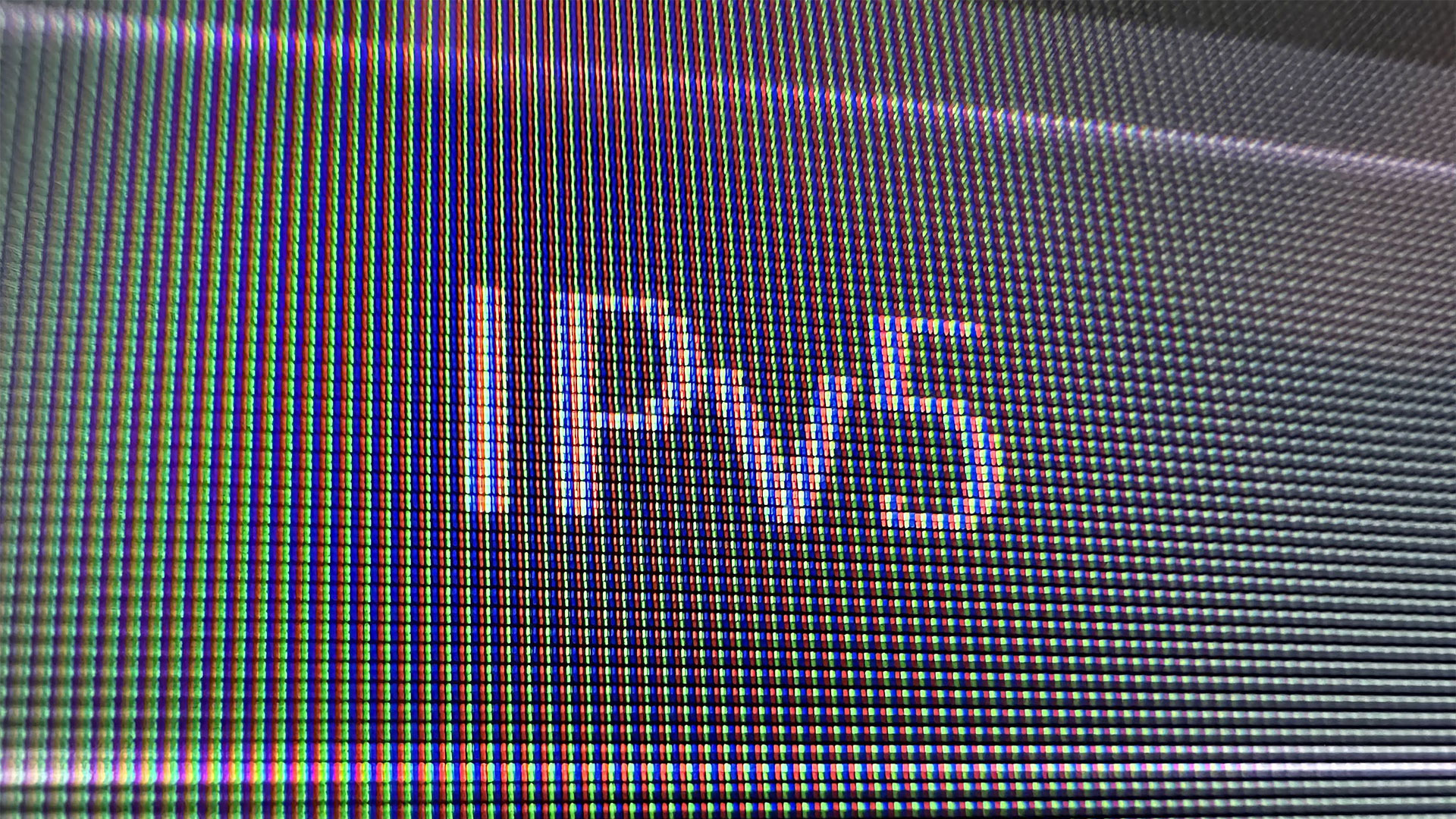The industry skipped from IPv4 to IPv6, leaving IPv5 and the Internet Stream Protocol to the annals of history — a data streaming experiment rendered unnecessary by broadband
IPv5 wasn't a general purpose Internet Protocol like IPv4 or IPv6, and was never ratified as such, but it would give birth to the first VOIP hardware.

The Internet as we know it was born through a series of unexpected developments in networking technology. So it isn’t very surprising that, along its crooked growth trajectory, there were several rather fruitless branches. One such branch was the Internet Stream Protocol (ST), which is also sometimes referred to as IPv5, as tech tidbits Twitterer Laurie Wired recently highlighted.
Everyone’s heard of IPv4 and IPv6.I bet you don’t know about IPv5.Designed in the late 70s, it was an experimental protocol by MIT’s Lincoln Labs for real-time streaming.Basically, Zoom before Zoom existed...but for defense: pic.twitter.com/qSbK4LZE1UNovember 19, 2025
IPv4 and IPv6
IPv4 was established as the first version of the Internet Protocol back in 1982/83. It used 32-bit addressing to provide about 4.3 billion unique IP addresses, but developers quickly realized that the explosive growth of the Internet meant the humongous number would be exhausted in due course.
IPv6 would ride in, like a knight on a white charger, in 1989 (adoption grew post 2000) with 128-bit addressing to provide approximately 340 undecillion addresses, which should be enough for anyone. It also introduced IPsec security, simpler headers, and better mobile device support. Nevertheless, for reasons such as easier configuration, reduced complexity, legacy support, and human readability, the dwindling IPv4 pool has remained a preferred choice.
Internet businesses have had decades to get on board the IPv6 train, but still resist and pay heavily to do so. Earlier this year, we reported on the increasing value of IPv4 addresses. In fact, companies are now accepting IPv4 addresses as collateral to borrow millions of dollars.
IPv5 wasn’t a Goldilocks solution
We’ve seen some organizations have a strong desire to hang onto IPv4 and a resistance to moving wholesale to IPv6. However, IPv5 wasn’t an idyllic middle ground, sharing some advantages of both these protocols. Rather, it was used solely as an experimental branch, almost contemporaneously with the introduction of IPv4.
IPv5’s special, flavour-dominating sauce was reliable data streaming using 32-bit addressing. Prototype equipment for Network Voice Protocol (NVP) over Internet Stream Protocol (ST) telephony was made, as shown above. So, its streaming abilities were tested to support an embryonic VOIP feature.
But IPv5 wasn’t a replacement for IPv4; more of an extension that ended up being pruned as an unnecessary limb. The superfluousness of its architecture became apparent when broadband technologies came along to solve the problems of bandwidth and latency. IPv5 was proposed to crack.
Get Tom's Hardware's best news and in-depth reviews, straight to your inbox.
Though IPv5 wasn’t a general-purpose Internet Protocol, it took the v5 designation in development documents. It was never ratified as a global protocol, but to avoid confusion, we moved straight to IPv6 as IPv4’s genuine successor.

Follow Tom's Hardware on Google News, or add us as a preferred source, to get our latest news, analysis, & reviews in your feeds.

Mark Tyson is a news editor at Tom's Hardware. He enjoys covering the full breadth of PC tech; from business and semiconductor design to products approaching the edge of reason.
